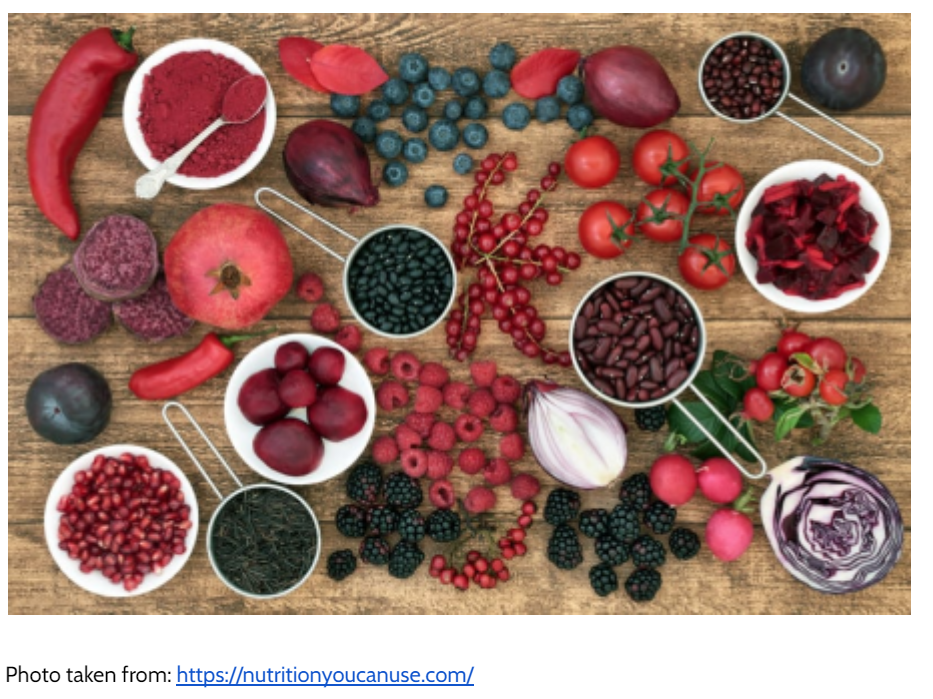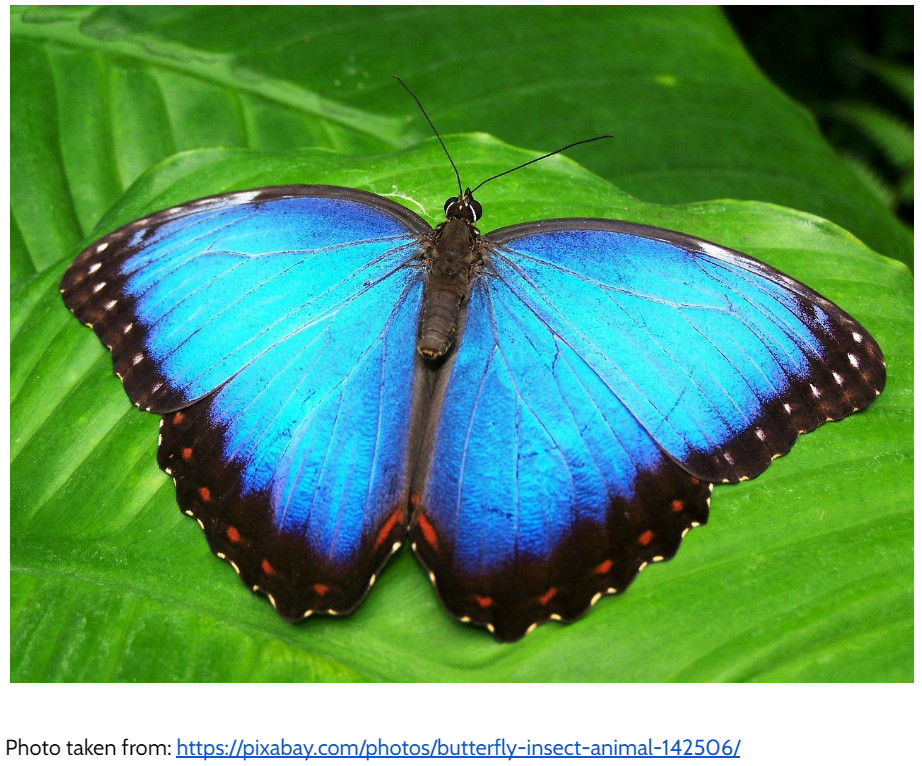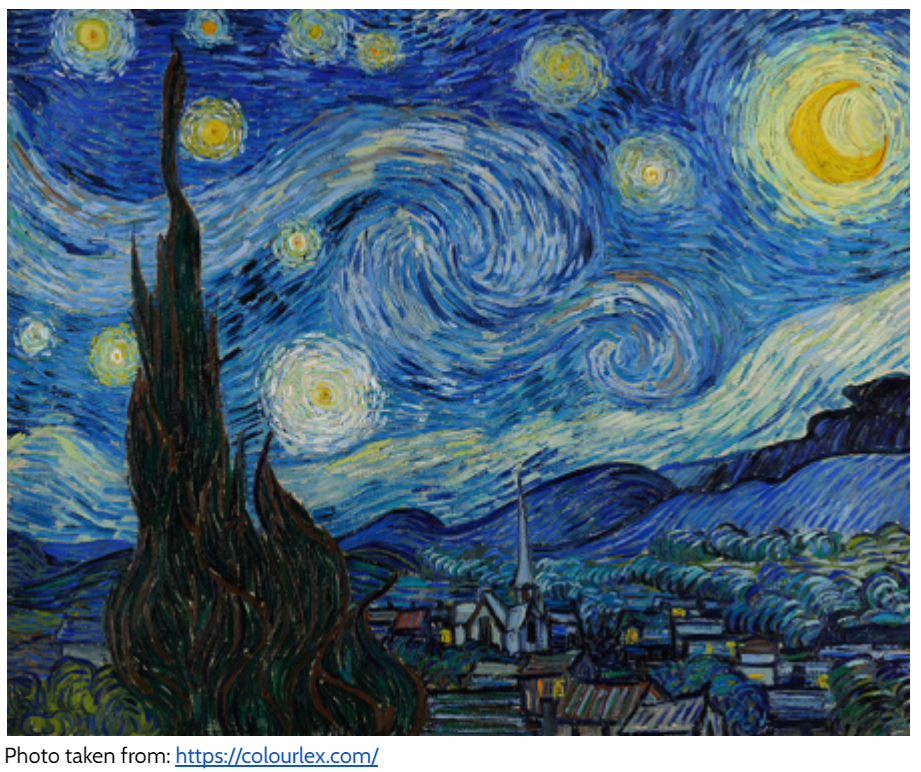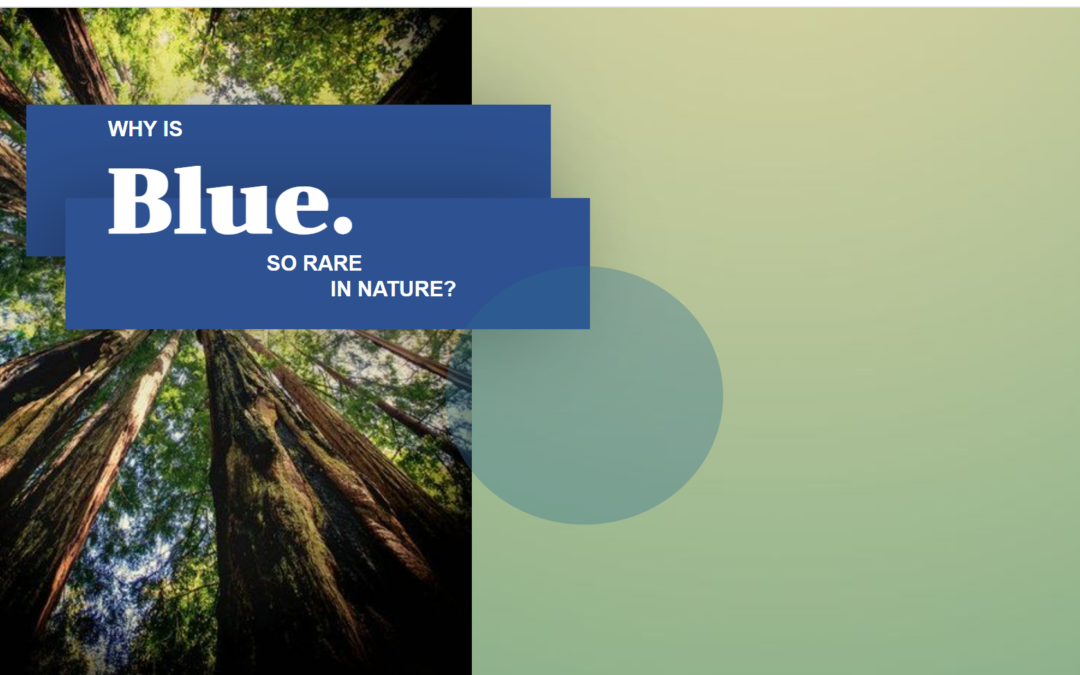Why Is Blue So Rare in Nature?
Written By: Breanna Whittle
Edited By: Howie Nguyen
Designed By: Morouje Sherif
Published By: Howie Nguyen
Would you believe me if I told you that blue butterflies, roses, and blueberries aren’t actually blue? That’s correct! Our eyes have duped us yet again. The color blue that is found in foods, plants, and animals lacks a chemical compound that makes them blue, which makes the natural blue pigment so rare.
The majority of natural blue colors found in food are deep purple pigments derived from the purple compound “anthocyanin“. This pigment can also be found in eggplant, cherries, and strawberries! Plants contain the compound “chlorophyll“, which contains a green pigment that causes them to be green. Anthocyanin can produce rich red and black shades in addition to blue and purple!

Blue colors in animals are not caused by chemical pigments, but rather by physics and the way light bounces off a surface. Blue-winged butterflies (such as the Blue Morpho/Monarch) have layered nanostructures on their wing scales that manipulate light layers, canceling out certain colors and projecting the fluorescent blue color that we see. Birds like BlueJays’ have a wing design that is quite scattered, allowing only blue light to escape and giving the bird its name.
Even for humans with blue eyes, it is solely due to the way the eye is structured, not due to any different pigment in the eye.

The absence of blue had widespread implications in the human world. Due to its rarity and scarcity, the word “blue” was a latecomer to many languages. Blue dye was first used only 6,000 years ago! Blue’s scarcity also meant that it was regarded as a high-status color for many years. It was associated with people such as the Christian Virgin Mary and was prominently featured in the work of famous artists such as Van Gogh.

Even though blue is an extremely uncommon color in nature, people are drawn to it. When we see it both naturally and artificially, we find it to be unique, bold, and daring. Because we now understand how the pigment is made, we can make it ourselves and enjoy more of this lovely color.
References:
Daniel, A. (2019, January 17). This is why the color blue is actually rare in nature. Best Life. Retrieved June 17, 2022, from https://bestlifeonline.com/blue-in-nature/
klinefelter, A. (2020, April 3). Learning From Nature Part 2: Context and Connectivity. Biomimicry Institute. Retrieved June 17, 2022, from https://biomimicry.org/learning-from-nature-part-2-context-and-connectivity/
The science of being blue… the rarest of natural colors. Julianna Rae. (n.d.). Retrieved June 17, 2022, from https://www.juliannarae.com/blog/the-science-of-being-blue-the-rarest-of-natural-colors
Shetty, V. (2022, January 22). Why is the color “blue” difficult to find in nature? Science ABC. Retrieved June 17, 2022, from https://www.scienceabc.com/nature/why-is-blue-difficult-to-find-in-nature.html
Valiquette , M.-A., & *, N. (2018, April 3). How nature uses physics to make the color blue. Substance. Retrieved June 17, 2022, from https://substance.etsmtl.ca/en/couleur-bleue-phenomene-naturel-physique#:~:text=Due%20to%20the%20rarity%20of,and%20nanostructures%20of%20their%20body.

